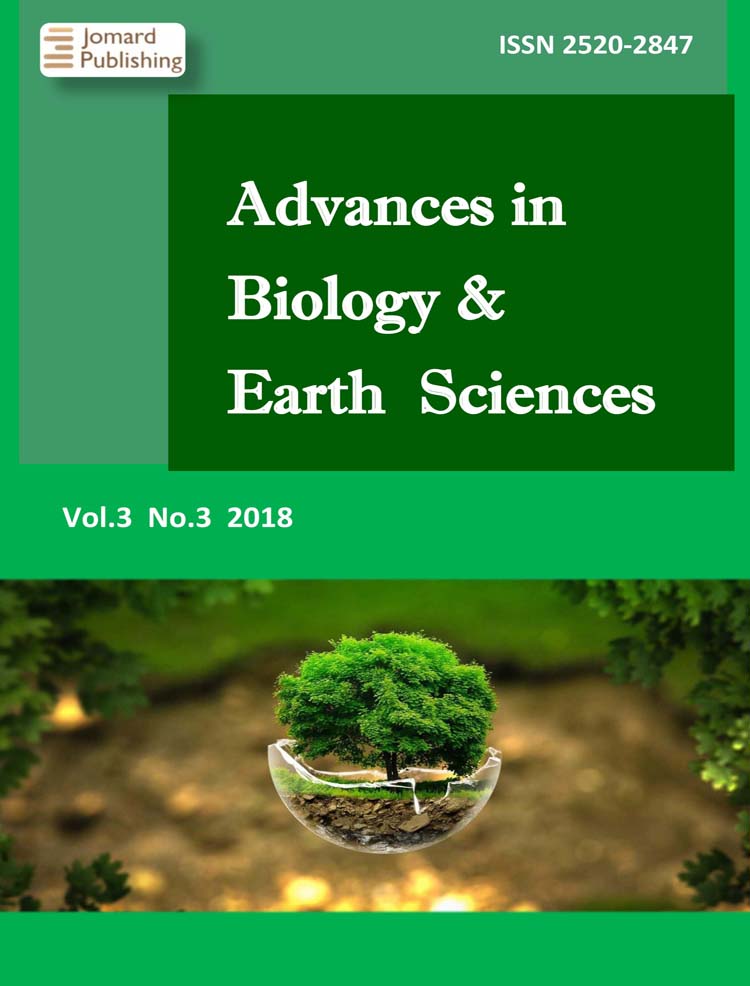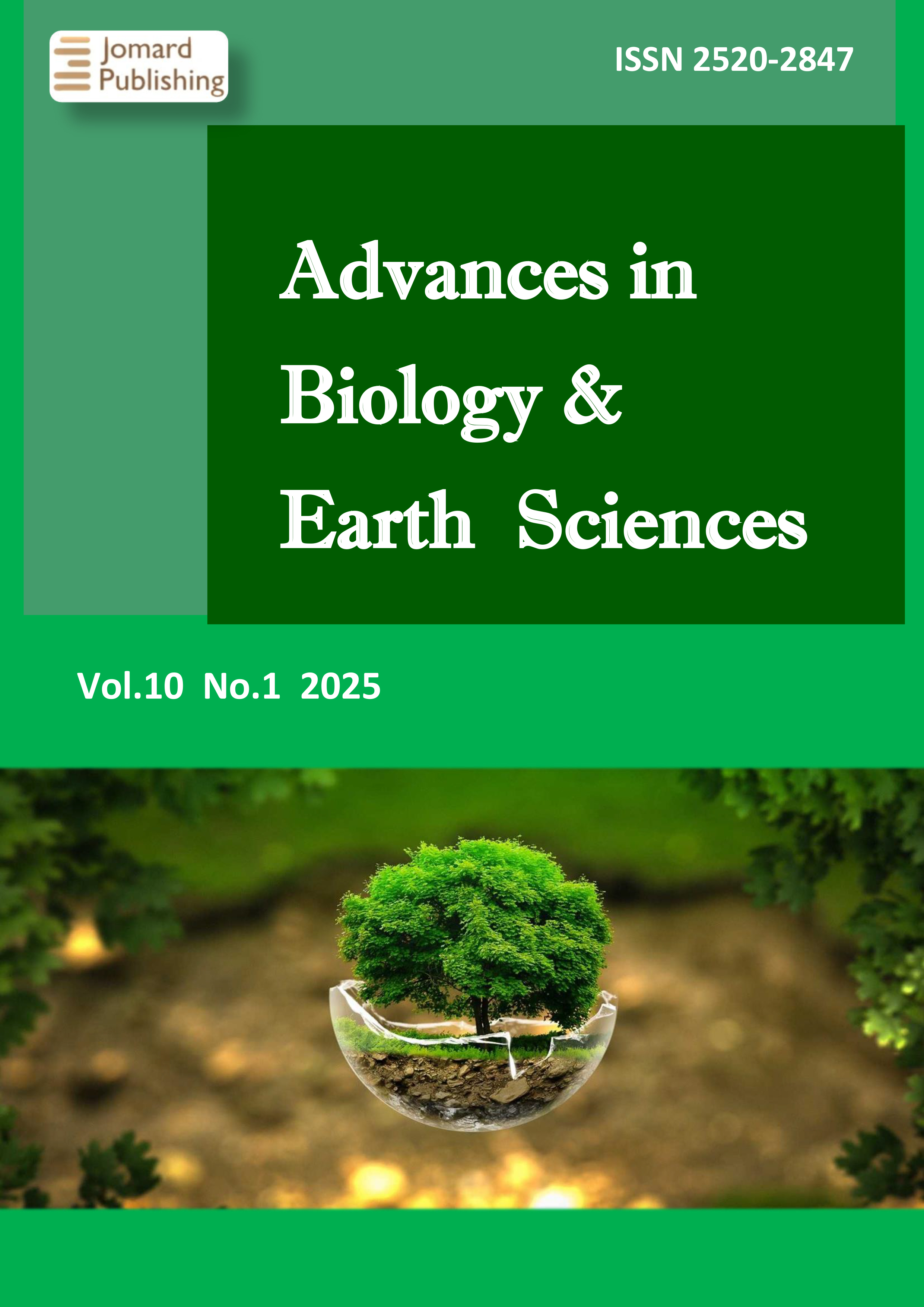The Influence of Changes in the Activity of the Dopaminergic and Serotonergic Systems of the Hypothalamus on the Amount of Monoamines and Hormones against the Background of Emotional Stress
- Published: 15-04-2025
Share
The article presents the results of research conducted for the purpose of studying to study the influence of chronic emotional stress (CES) on the activity of the dopaminergic (DA-ergic) and serotonergic (5-HT-ergic) systems of the hypothalamus and against this background, changes in the amount of monoamines (MA), somatostatin (ST) and hormones. The rats were subjected to CES with an electrical shock lasting 30 minutes. Studies show that after all days of exposure to stress, the concentrations of ST, dopamine (DA) and noradrenaline (NA) in the hypothalamus and blood increase sharply. In contrast, the levels of serotonin (5-HT) and 5-hydroxyindoleacetic acid (5-HIAA) are significantly reduced. The restructuring and content of ST, DA and 5-HT and their metabolism occurs in a similar way throughout the body. Disruption of the mechanism of interaction between the DA-ergic and 5-HT-ergic systems in the hypothalamus and blood against the background of stress leads to a change in the active biochemical reciprocity between these systems. Under the stress, the DA-ergic and ST-ergic functional systems predominate over the 5-HT-ergic functional system. The DA/5-HT ratio, reflecting the functional interaction of these MA, increases in the dynamics of stressful functional development of the body. This once again proves the superiority of the activity of the DA-ergic system over the 5-HT-ergic system in the process of CES. During stress, DA, ST and NA have synergistic properties. These neurotransmitters act antagonistically with 5-HT.As a result of these changes, a hormonal imbalance in the body occurs, the activity of cortisol, adrenocorticotropic hormone (ACTH) and estradiol increases, and the activity of thyroid hormones and somatotropin (STH), prolactin (PRL) decreases. Thus, changes in the activities of the DA-ergic, ST-ergic and 5-HT-ergic systems of the hypothalamus against the background of stress, depending on its duration, lead to an imbalance of MA, ST and hormones. Therefore, studying the pathogenetic mechanisms of this system under extreme conditions and identifying the role of regulatory mechanisms may allow solving a number of different practical issues.
- View 765
- Downloads 82
- Saveds 0
- Citations (Crossref) 0


